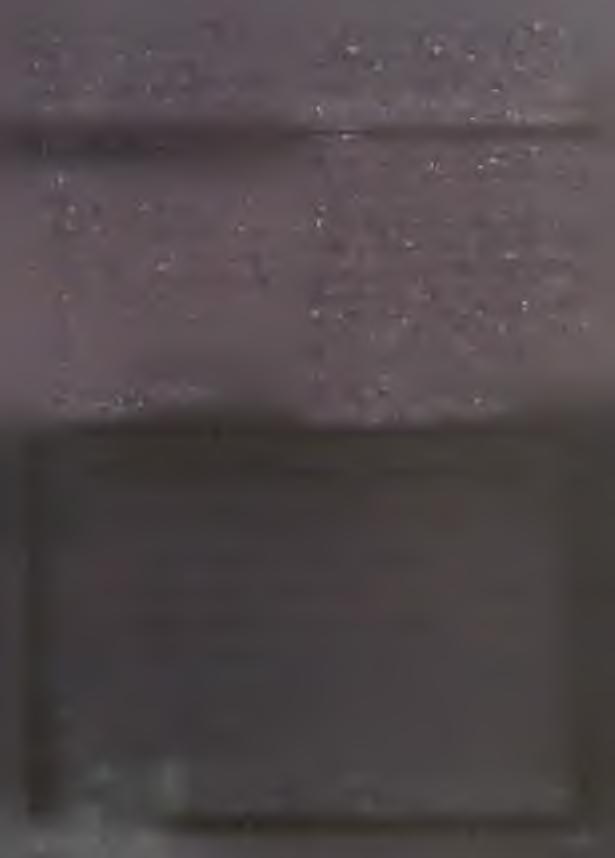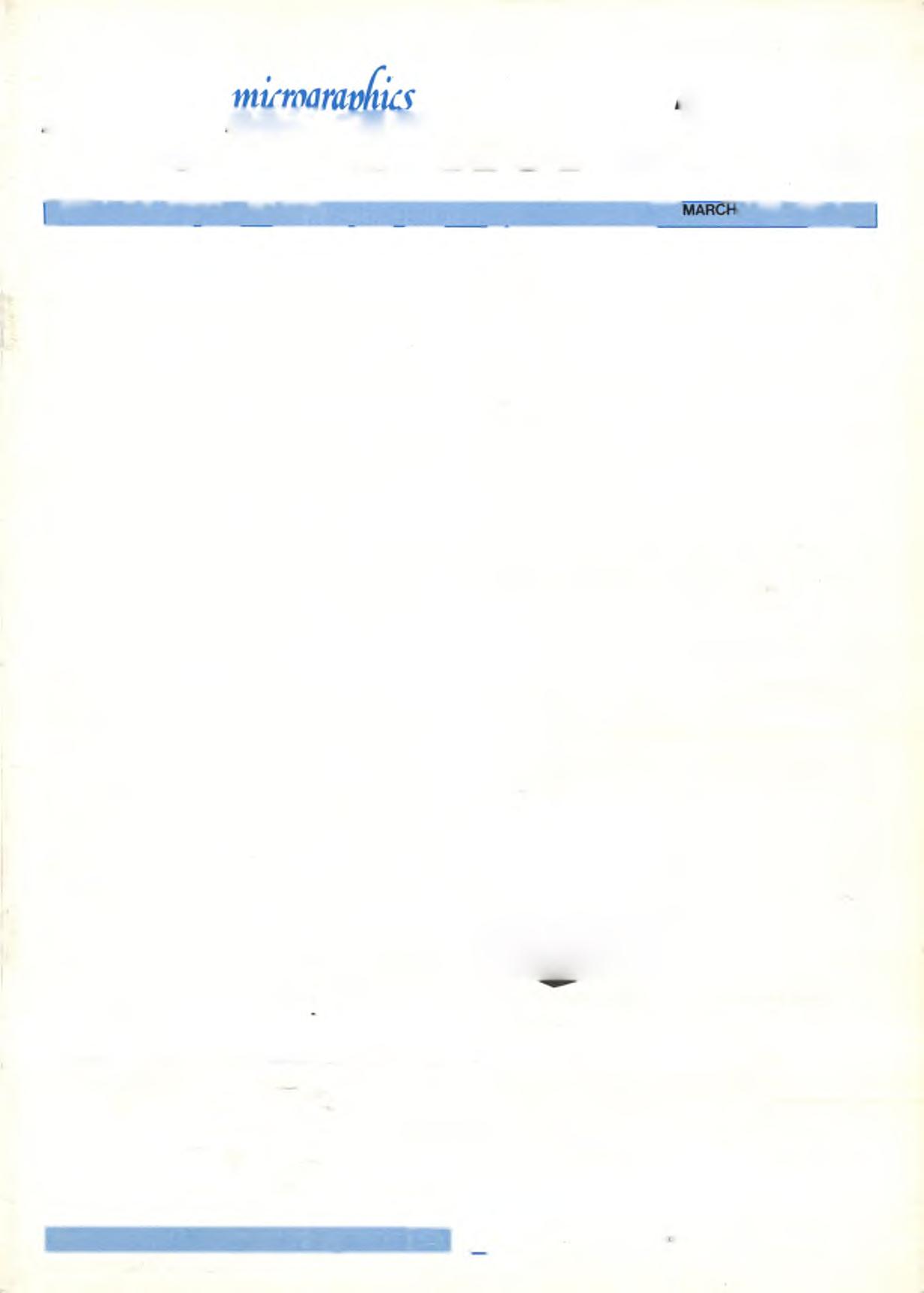AIIM Unveils Coopers & Lybrand Study that Defines Micrographics Present and Future Finally, there’s an authoritative handle on the micrographics industry. The results of a study by the Management Consulting Services group of the “Big 8” accounting firm Coopers & Lybrand indicate the “information & image management” (I&IM) industry in the United States is a $2.5 billion industry with all but $100 million of that coming from micrographics-related equipment, supplies and services. Over the next decade, C&L expects compounded annual growth of 10% and industry totals of $4.2 billion and $6.5 billion in 1991 and 1996, respectively. Optical and other digital media will be the fastest growing segments of the larger 1&1M marketplace but micrographics-related revenues are still expected to be $3.2 billion and $4.0 billion in 1991 and 1996. By C&L's admission, these are very conservative figures. For example, the 1986 totals do not include values for the micrographics segments of high speed bank check processing systems nor certain CAD/CAM/COM systems. Future Patterns Micrographics has 4% of the total U.S. information storage market today (paper is 95%). By 1991 micrographics will be 5% and by 1996 6%. Contrasted to this slow, steady growth, optical disk will go from virtually zero to 5% in 1991 and 8% in 1996. The study finds that service companies have been the fastest growing segment of the micrographics market, followed by equipment and supplies. In recent years, COM and CAR have been the mainstays of equipment growth. Other stand alone equipment (readers, reader-printers, cameras, duplicators, processors) has matured and is now growing at roughly a 6% pace. C&L sees similar patterns in the years ahead but with some segments such as aperture cards and micropublishing seeing declines in the mid—1990s. John W. Frank, a C&L partner and director of the study, sees I&IM today where office automation was in 1973-75 in terms of institutional acceptance but expects that to change. In the 1990s the study sees electronic and computer-based information and image processing gaining great strength. “By the 1990s, the needs of the market will closely resemble those found in the computer, office automation and telecom munications industries,” it says and adds, “Old line suppliers of micrographics products and services will have to change their products and services, modernize their marketing, strengthen sales, and emphasize customer services if they are to compete." Such predictions have been made before and represent nothing really new: in any business, suppliers change to meet changing customer needs or go out of business. Micrographics, in that sense, is no different than any other business. Interesting Statistics The study estimates the U.S. installed base of COM recorders at 6,000+ with 600-700 shipped each year and, excluding replacements, annual growth of 5-8%. It expects this to continue since at least 1/3 of all computer output today is COM . It also expects the introduction of 96X COM in the late 1980s or early 1990s, leading to 15-20% improvements in COM performance. Of the estimated $2.5 billion domestic micrographics industry in 1986, roughly $875 million came from services, $800 million from equipment and $773 million from supplies. Two thirds of the equipment sales involve COM and CAR. In 1986,33% of micrographics revenues came from COM, 49% from source 26
document work and 18% from engineering applications. Banking and securities continue to be the biggest users. The price performance of stand-alone CAR systems is expected to improve 10-15% per year over the next decade with CAR technology growing in two different but related progressions. Traditional stand-alone CAR will develop and be refined as microprocessor and DBMS software increase in power and decrease in cost. In addition this traditional CAR technology is expected to become the foundation for hybrid systems that will use both micrographics and electronic document management technology. Outlook for Micrographics The study notes that “the cost of micrographic mass storage is a fraction of that of paper-based and electronic storage..... (consequently) microforms have relevant cost and functional advantages which will keep them competitive in many, but not necessarily all, I&IM applications well into the 1990s. The most likely scenario is that microform, optical and other media options will coexist for some tim e.” The report also indicates, as does study leader Frank, that there are some applications for which micrographics will always be the best choice. In the major systems of the future, Frank still sees a major microform role. He expects most I&IM systems to be threephased with magnetic media used for immediate on-line availability, optical disk for intermediate storage and microforms for archival backup. The Study, Itself Frank’s C&L team studied all available literature, government statistics and data on the market and came up with their estimates. These were then submitted to a group of 15 key firms for their comments on whether estimates were on target, high or low and where they were off. The final statistics and predictions represent a consensus based on the group’s reactions to C&L’s findings. Participants were AIIM, Anacomp, Bell & Howell, Biel’s, Comgraphix, DatagraphiX, Eastman Kodak, Fuji Photo Film USA, James River Graphics, MicroMedia, Minolta, 3M, Micor, Xidex, and Zytron. Thus, while the players still did not make their own figures (sales or shipments) available, they did make available their own knowledge of the market. As a result this study represents probably the most accurate work of its kind yet done and, hopefully, will lead to followups based on actual figures from all the leading players. Such a study, establishing the industry in meaningful terms, has long been needed and AIIM is to be commended for commissioning it. The association’s goal undoubtedly is to set parameters for what it sees as an emerging I&IM industry so it can stake out its role in that industry. While doing that it has also demonstrated that micrographics is very much alive, very well, and likely to continue to be so for a long time. Copies of the 79-page, softcover study are available from Jackie Virando, AIIM, 1100 Wayne Avenue, Silver Spring, MD 20910. Tel: (301) 587-8202.
The above article is reproduced with the kind permission o f the Micrographics Newsletter (February 1987). The Micrographics Market Place







